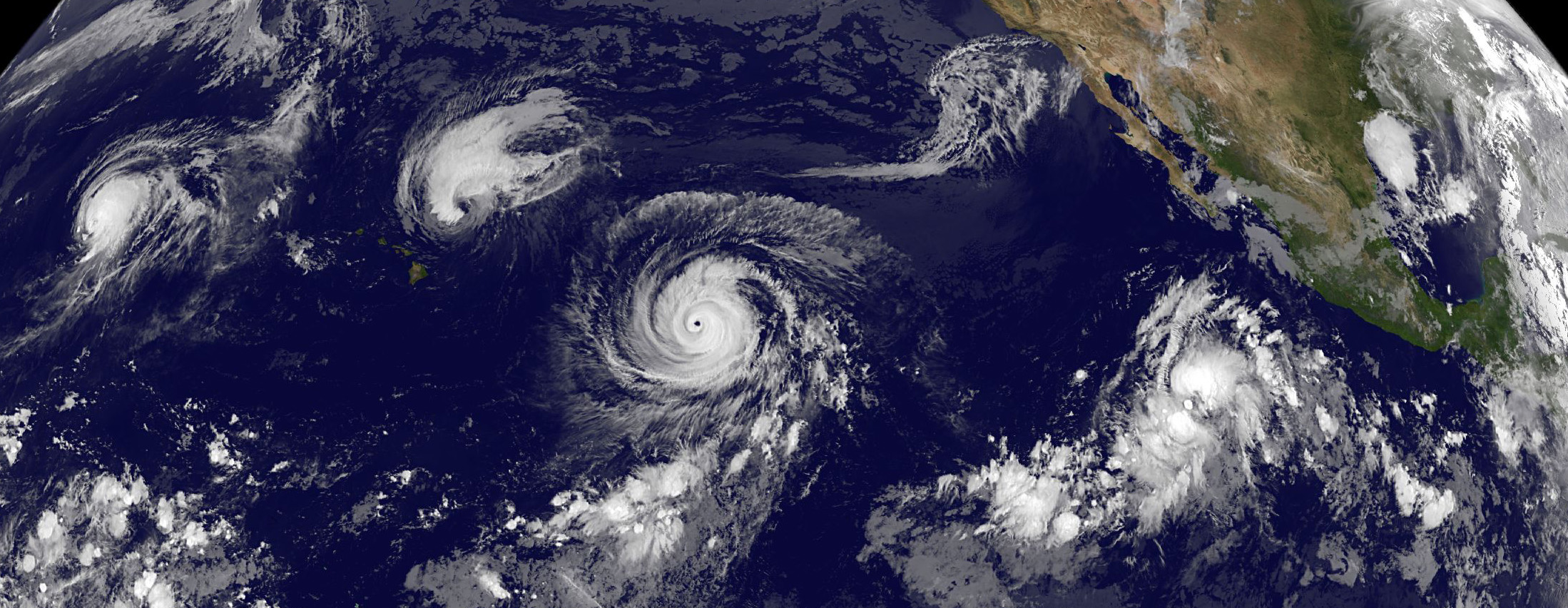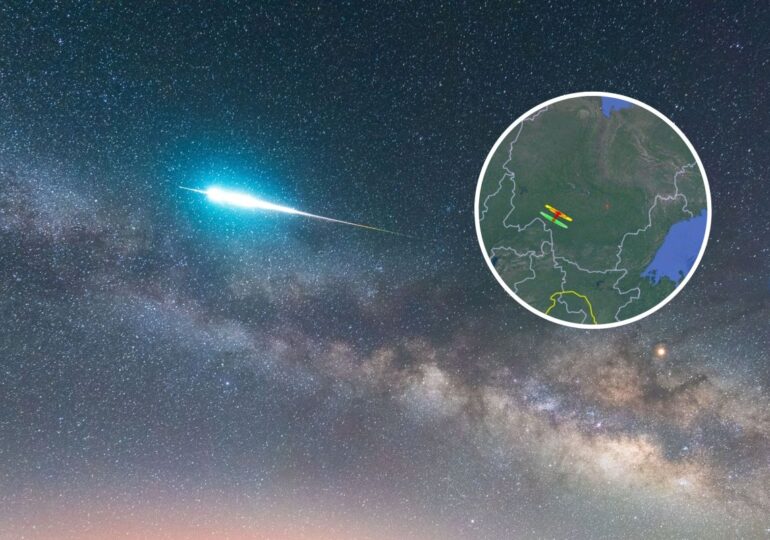Four Storms Swirling in West Pacific Threaten Philippines with More Devastation

The West Pacific is currently contending with a rare phenomenon: four storms active at the same time, a situation last seen in November since record-keeping began in 1951, according to Japan’s Meteorological Agency. These storms—Typhoon Yinxing, Typhoon Toraji, Tropical Storm Usagi, and Tropical Storm Man-Yi—are spread across the vast basin, from Vietnam to Guam, and are raising alarm across Southeast Asia, particularly in the Philippines.
The Philippines, already prone to annual storms, faces even greater hardship as a succession of typhoons in recent weeks has complicated ongoing recovery efforts. Thousands remain in evacuation shelters as communities brace for more potentially destructive weather.
Typhoon Yinxing Impact On Thursday, Typhoon Yinxing swept over the northeastern Philippines with winds equivalent to a Category 4 Atlantic hurricane. While no casualties were reported, the storm brought severe rainfall, storm surges, and landslides, leaving behind damaged homes, schools, and livelihoods. Philippine President Ferdinand Marcos Jr. visited affected communities in Cagayan and Ilocos Norte, distributing food and relief packages. “While we’re truly grateful that no lives were lost, the damage it left behind has affected homes, schools, and livelihoods,” Marcos stated. He emphasized the government’s focus on recovery and preparation for more storms in the coming days.
After exiting the Philippines, Yinxing drifted into the South China Sea, moving towards Vietnam, where it is currently causing heavy rains.
Typhoon Toraji Strikes The day after Yinxing’s impact, Typhoon Toraji struck Luzon’s eastern coast in Aurora province with winds reaching Category 1 hurricane strength, leading to further evacuations. Toraji has since weakened to a tropical storm, but it is anticipated to bring significant rainfall to parts of southeastern China.
Storms Usagi and Man-Yi Approach The Philippines now braces for another imminent threat, with Tropical Storm Usagi, currently around 720 kilometers off its northeastern coast, expected to strengthen into a typhoon. Local weather agencies have issued warnings about strong winds and storm surges within the next 48 hours.
Following Usagi is Tropical Storm Man-Yi, located about 255 kilometers southwest of Guam. Man-Yi is predicted to reach typhoon strength by Friday and may approach the Philippines by Sunday with potential Category 3 hurricane winds. Though it’s uncertain if these storms will make direct landfall, their proximity increases the likelihood of heavy rainfall, high winds, and storm surges.
Cumulative Impact and “Typhoon Fatigue” The Philippines has already endured six named storms this year. In late October, Tropical Storm Trami and Typhoon Kong-Rey triggered severe flooding and landslides in northern Luzon, displacing nearly 300,000 people and affecting over nine million. Amid ongoing relief operations, health officials are warning of “typhoon fatigue,” as residents, relief workers, and volunteers face exhaustion, burnout, and psychological strain from repeated evacuations and continuous disaster response.
Southeast Asia’s vulnerability to extreme weather makes it particularly susceptible to the impacts of climate change. Warmer ocean temperatures—attributed to human-induced climate change—are driving storms to grow stronger and form later in the season. Experts caution that as ocean temperatures continue to rise, Southeast Asia, particularly countries like the Philippines, may face increasingly severe and frequent storms in the years ahead.
As the storms approach, the Philippines braces once again for potential devastation, with hopes that emergency preparedness and support can mitigate the impact on already hard-hit communities.





















